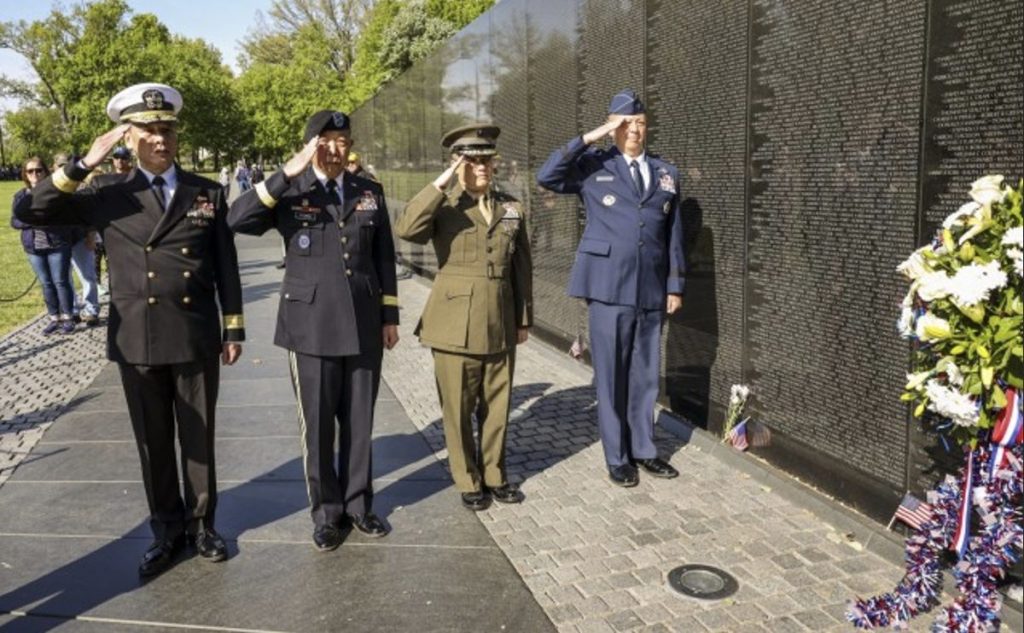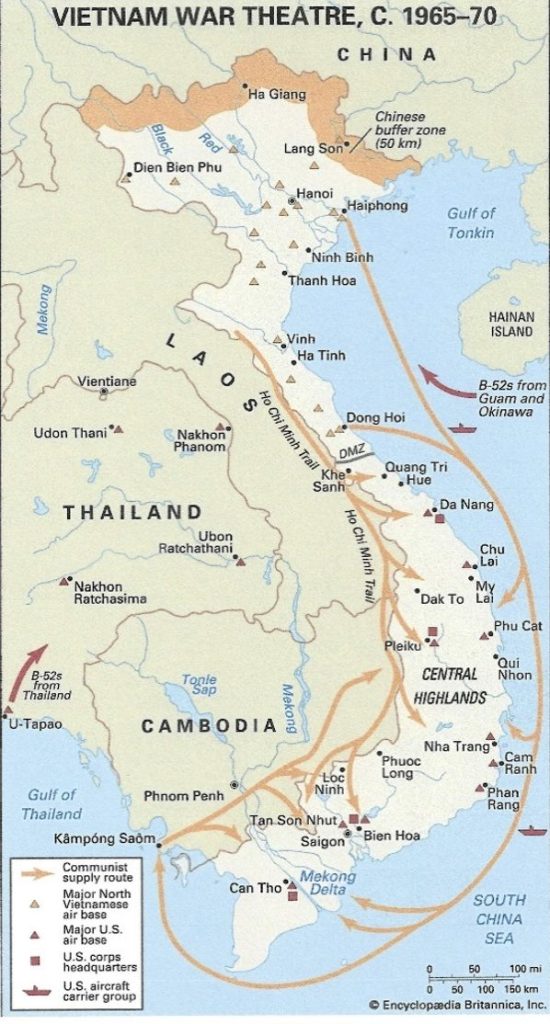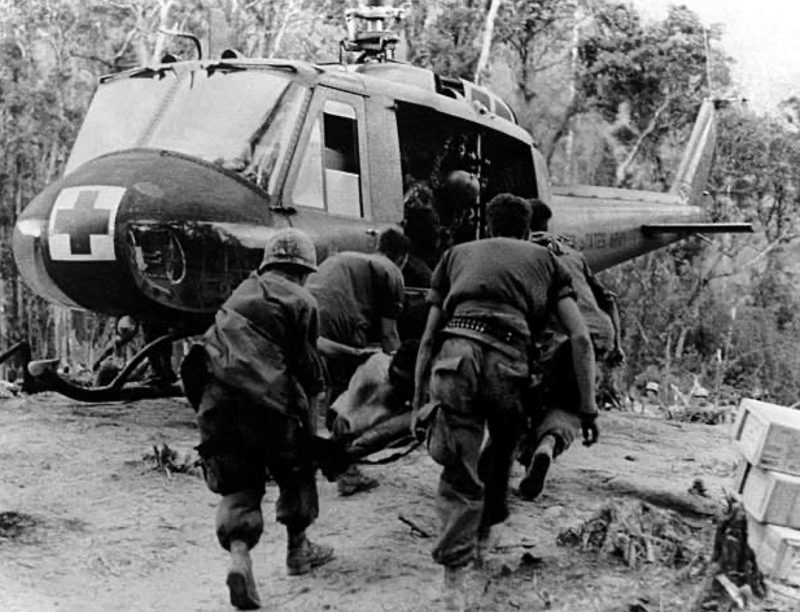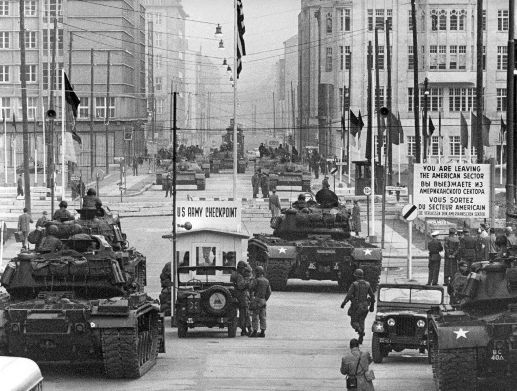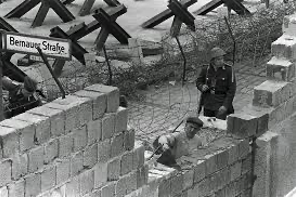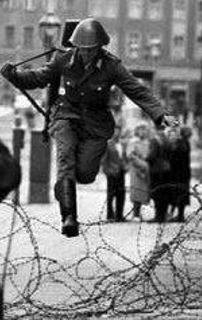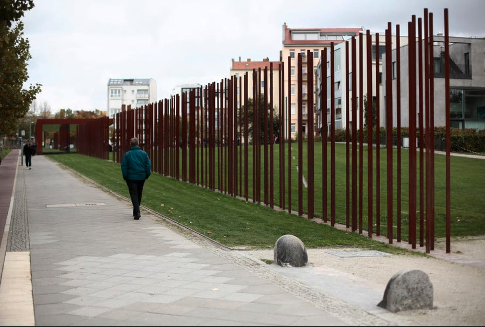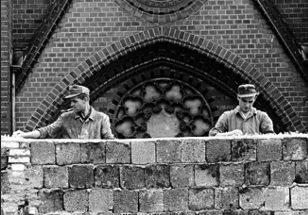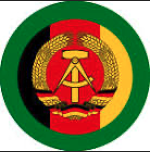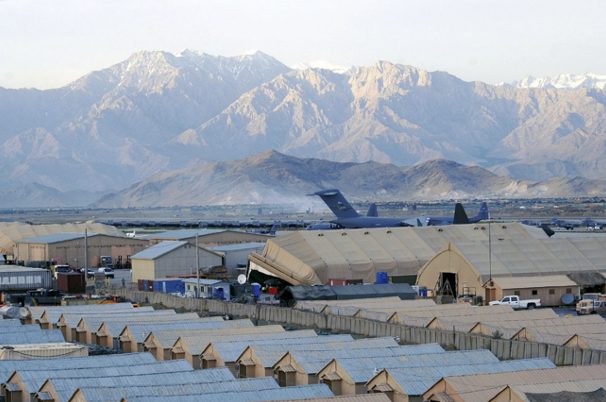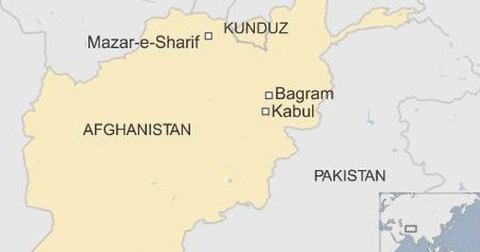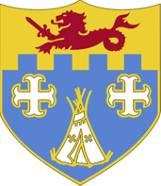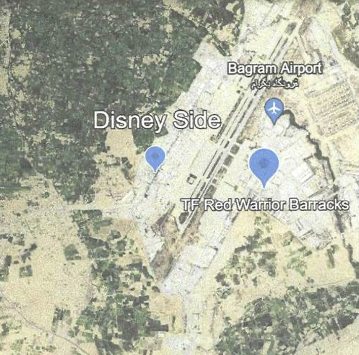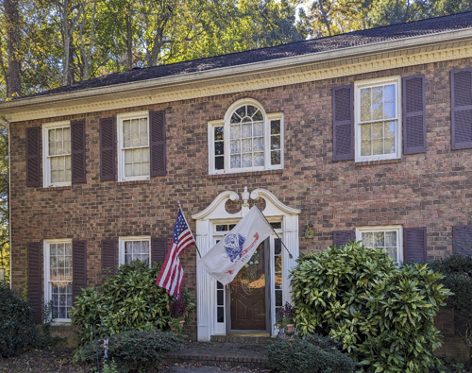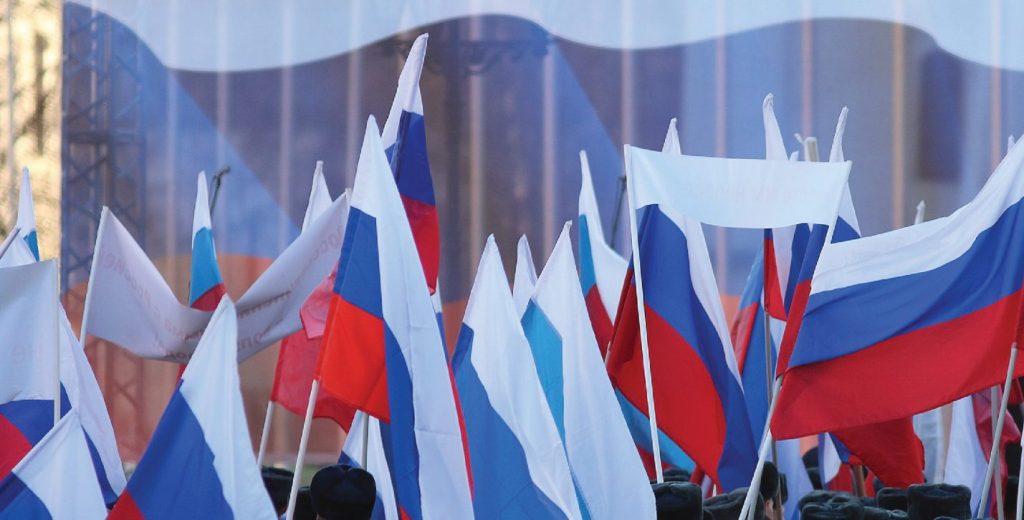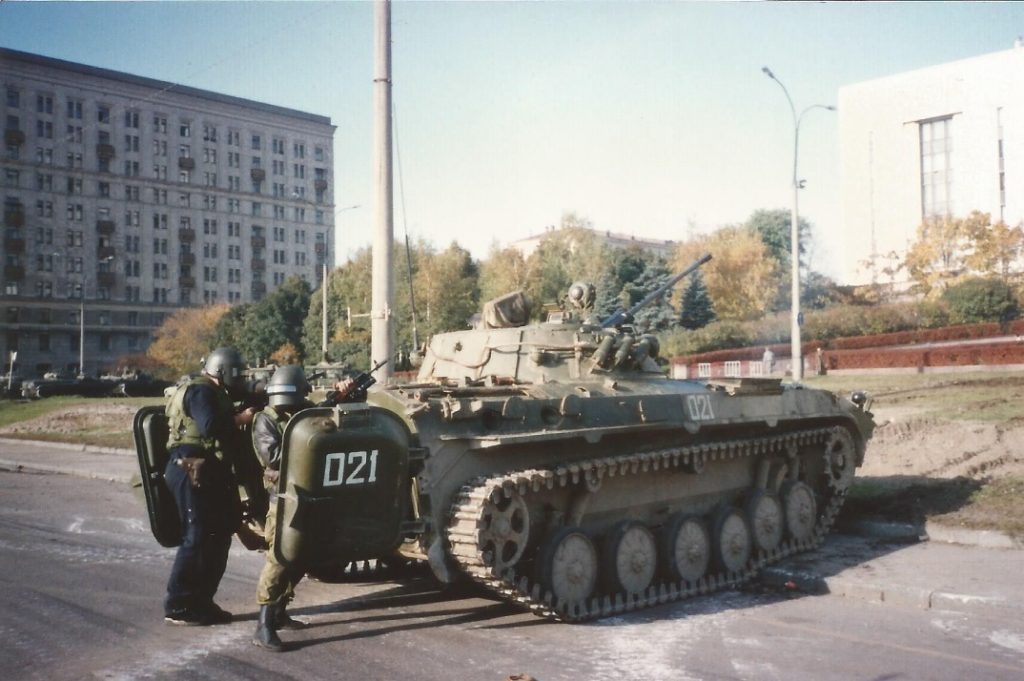From Jim McDonough, THE WAR – 2023

Speech given at the Army-Navy Club, July 2023, in remembrance of 50th anniversary of the end of the Vietnam War
How do you talk about a war that ran from the early 1960s to 1973 – or from a larger perspective from the defeat of the French at Dien Bin Phu 1954 to the fall of Saigon in 1975 — and do so in only a matter of minutes?
The answer is you can’t.
I can only summarize that it was both a long and hard war — one that not only cost the lives of 58,281 Americans but when we include military and civilian deaths throughout Indochina most tallies regardless of national source put the total for all at over 3 million dead.
For America, it also cost us more than 300,000 wounded, 75,000 of whom were severely disabled and 23,000 of whom were 100 % disabled, a result of vastly improved medical care along with evacuation of the severely wounded by helicopter saving many who in past wars almost surely would have died. Nonetheless, the broken bodies of those that did survive caused them to pay a price for the rest of their lives.
At home, the consequences of the war tore the country apart. Not at first, but from 1965 on as the months became years, the ever-continuing casualties at ever higher numbers led to political and social acrimony and left a divide among our citizenry that may yet take time to heal.
Over 9 million Americans served in uniform over the time officially defined as the Vietnam War. Not quite 3 million of them served in Vietnam. At its peak, more than a half million American troops were in country. All were faced with a hostile environment: Anti-aircraft weapons, missiles, rockets, mortars, automatic weapons fire, mines, and so on. Added to the plate of dangers were ambushes, sappers, tunnels, jungles, mountains, rice-paddies, monsoons, heat, leeches, insects, jungle rot and for many the hell holes reserved for prisoners of war. There were many ways to suffer and die.
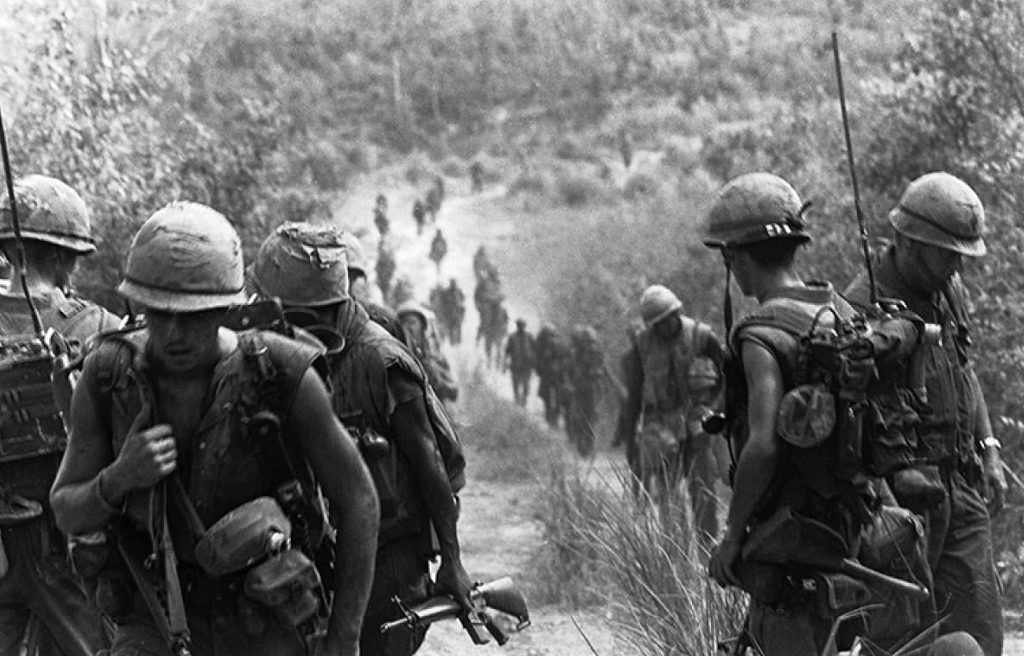
It was both a conventional war and an insurgency of the most violent proportions. Hardened terrorists and assassins infiltrated the populated areas; Viet Cong treachery slew tens of thousands of their own countrymen and – when the opportunity arose – many of us as well. Booby traps were everywhere, designed to kill and to maim. Wherever you walked you knew your next step could be your last. They caused over 17% of US casualties and 11% of our killed in action. And the North Vietnamese Army was ever-present throughout, reinforcing the local Viet Cong in mass at regiment and division levels, ready to strike at isolated American and allied units whenever the opportunity presented itself.
By 1967, as casualties climbed to several hundred killed a week with no end in sight, the support of the American public waned. Domestic hostility toward the war — often fanned by both a sensationalized and critical press — rose to the breaking point. Defeatism followed, punctuated by Tet of 1968 — a massive country-wide battle which we won in the field but was portrayed differently in the press at home. The now open hostility against the war at home turned bit by bit toward America’s fighting forces as well.
THE SOLDIERS, SAILORS, AIRMEN, AND MARINES
They were young, younger than any of our previous wars. Sixty-one percent were less than 21 years old. 11,500 were less than 19. The average age of those killed was 22.
And contrary to myth, the majority – two-thirds in fact – were volunteers, not draftees. Not surprising when you think about it. These were the sons of the ‘greatest generation’ come of age. Their fathers fought for the country in WW II; they would do the same in Vietnam.
After the initial deployment of units at the outset of the war, America’s warriors arrived as individuals, without the benefit of familiar faces alongside them. And they arrived suddenly, departing the United States one day and arriving the next. The crucible – and the shock — of battle came quickly.
They would serve for one year (13 months if you were a Marine, a virtual eternity if you were a prisoner of war). But in that one year, they were likely to see a great deal of combat. It has been estimated that the average infantryman in Vietnam would experience 240 days of combat; the average for the Pacific Theater in WWII was 40 days, over a stretch of four years.
Many in this room no doubt experienced one or more of the big battles: Ia Drang, Dak To, Khe Sahn, Tet, Hue, Hamburger Hill, the Easter Offensive, Rolling Thunder, Lam Son 719 (the greatest helicopter meatgrinder of the entire war), Ripcord and many, many more. But for most it was the grueling routine of patrols, ambushes, search and destroy missions, convoy runs, landing zone insertions, firebase defenses (such as the disaster at Mary Ann) and supporting our Vietnamese allies that took their toll of misery and death. What were the chances of surviving unscathed in a line unit? In my own opinion, very low. Consider our NCO corps, particularly the line sergeants who served multiple tours. By the end of the war, we had to rebuild it, so many were gone.
But all who served, no matter the rank, did their job: stoically, endlessly, and with surprisingly good humor. They loved their country, our country, but they fought to stay alive, and they fought for each other. The objective was to make it home, for home was America, family, safety, and a future.
THE FAMILIES
As in all wars, the families suffered along with their loved ones as they went off to serve in the combat zone. The pain of separation, the fear of what might happen, and far too often the notification that something bad had happened – all of this was a difficult cross to bear.
The Army at first had neglected to prepare itself for mass casualties. The costly 1965 Battle of the Ia Drang revealed a greatly lacking method of notifying the next of kin. In the Columbus, Georgia area where most of the troops in that battle had departed from, the notifications of those killed in action came in to Western Union in the middle of the night. Under a time deadline to deliver the sad news to family members, Western Union used the local taxi company to go to individual houses and notify the families. Many of the latter lived in the same neighborhoods as doorbells were rung by cab drivers burdened with carrying the fateful message. The shock of the delivery soon reverberated throughout the area and the sight of a yellow cab coming up the street evoked sheer terror.
This was eventually fixed, but nothing could stop the continual drumbeat of bad news. At its peak, the war in Vietnam took over 500 hundred American lives in a single week. In the week I graduated from West Point in 1969, in a war that I assumed in 1965 would be over by then, over 250 were killed. Long since, servicemen’s families no longer resided in one place; each had become an individual island of worry awaiting the return of a son, a father, or a husband. Family structured support systems to carry the wives, children, and parents through the ordeal hardly existed and where they did were only shallowly structured.
Families could and did follow the nightly news on Vietnam with grave anticipation. And they could see the growing unrest at home, the demonstrations and then the riots in the streets, the rebellion of our young, their chants, their mocking, and their hateful commentary, amplified by the press and sometimes reinforced by the same.
Worst of all, they began to see shows of support for our enemies and with it the purposeful and hateful denigration of those Americans who were engaged in direct combat and even those held in brutal captivity. All of this made for great theater, except for the families already gripped with concerns who now not only felt abandoned but even betrayed by many of their countrymen.
It was a crushing, and bitter time. Yes, most of our warriors did come home, thank God. But the ordeal for both veteran and family was not over.
THE ROAD BACK
The early years were difficult. Vietnam was hard but in some ways the rejections and the slights received from fellow citizens were harder. Many myths developed about the instability of the Vietnam veteran: He drank too much, had become addicted to drugs, secretly harbored memories of war crimes, was a maddened time bomb ready to explode. He was now a crazed killer who never should have gone off to fight in the first place. A general characterization was that he must either have been driven by a lust for war or an outright fool for not finding one of the many ways to beat the system and avoid serving in “that” war. In short, he was not to be trusted as a worthy member of civilized society.
Most of this was balderdash. 97% of Vietnam veterans were honorably discharged from the military. 85% successfully transitioned to civilian life. They were less likely to be incarcerated and more likely to be employed than their counterparts who had not served; over time their mean income was 20% higher. In virtually every area they showed their merit.
Not that the road back wasn’t bumpy. During the first five years after discharge, suicide rates among veterans were almost twice that of those that did not serve, perhaps due in part to the sense of isolation from society. I am reminded of the poem by Rudyard Kipling about the British soldier, represented universally as Tommy Atkins, at the turn of the 19th century:
For it’s Tommy this, an’ Tommy that, an’ “Chuck him out, the brute!”
But it’s “Saviour of ‘is country” when the guns begin to shoot;
An’ it’s Tommy this, an’ Tommy that, an’ anything you please;
An’ Tommy ain’t a bloomin’ fool — you bet that Tommy sees!
Our veterans saw and felt the pain as well. But they, and their families, fought through it all and made a proud place for themselves. Over time their suicide rate overall has fallen significantly below that of their contemporaries. Today, 91% of Vietnam vets report they are glad that they served. American society has changed its opinion as well, appearing, most remarkably, in the guise of ‘stolen valor’. I said earlier that about 3 million of us served in Vietnam.
Yet according to the census taken in 2000, by which time many Vietnam vets had passed from this earth, approximately 13 million Americans claimed to be Vietnam veterans. What was once looked down upon had now become a sought-after status symbol. Imitation, however false, remains the greatest source of flattery.
The Vietnam veteran and his family sought no special status. If they sought anything, it was the simple recognition that they had served their country, each as valiantly as the other. For the years that recognition did not come their way, they yet found quiet solace in one another and in their own knowledge that they had done their duty. Today, their sacrifice is fully noted. So, I say to them and to all of you, “Thank you for your Service.”
